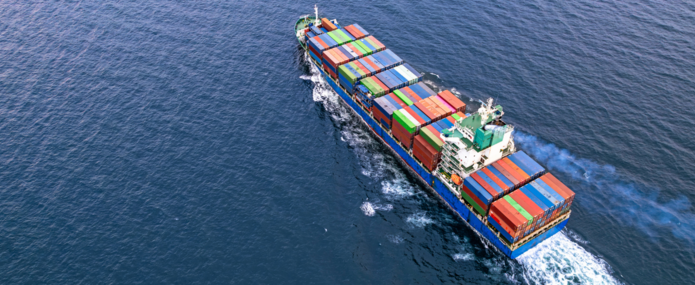Freight transportation is already responsible for at least 8% of global greenhouse gas emissions, and could become the highest polluting economic sector by 2050 in a business-as-usual scenario.1 Due to its intrinsic complexity and to the diversity of actors involved, it is also a hard-to-abate sector. In this context, the Deep Decarbonization Pathways Initiative developed an integrated framework, recently published in Climate Policy (2025), that provides policymakers with a method that improves the alignment between necessary ambition and action. What is the rationale of this framework, and what lessons can be learned from its testing in 11 developing and developed countries?
The global effort to meet the Paris Climate Agreement goal hinges on the deep transformation of all high-emission sectors—freight transport among the most complex and overlooked (Jaramillo et al., 2022). Due to its role in production and consumption systems, this sector is both economically vital and environmentally significant (Jaramillo et al., 2022). Yet, it is also one of the most difficult to decarbonize. Not only heavily reliant on fossil fuels (IEA, 2022), it also requires a wide range of solutions due to its multiscale nature. Consequently, most national strategies fall short of aligning existing policies with the transformative changes required to decarbonize freight transport (Slocat, 2021).
This policy gap stems from two core issues. First, most current strategies prioritize technological solutions around fuels and vehicles without addressing the broader structural shifts needed (Gray et al., 2021; Jaramillo et al., 2022). Second, economic instruments such as subsidies or taxes, while useful, are applied in isolation, overlooking the systemic nature of freight transport.
To address this, our research (Harry-Villain et al., 2025) developed a new method designed to bridge this critical gap. We created an integrated framework that enables policymakers to map out the full range of necessary transformations—such as reducing transport demand, shifting to rail and waterways, and rethinking logistics—and related barriers and enablers. Existing policies are then categorized across a comprehensive set of policy instruments: governance, economic, regulatory, and informational and then reviewed through this framework.
This approach was tested with freight experts in 11 countries—including Brazil, India, South Africa, and the United States—spanning both developing and developed economies, focusing on one key aspect of the transition: the management and operation of freight transport infrastructure. Our findings revealed that while infrastructure development is widely recognized as essential, its management and maintenance are critically underrepresented in both policy and practice.
For example, nearly all national reports highlighted the need to modernize rail networks and improve port logistics, yet few countries had clear governance or regulatory policies to ensure effective infrastructure use. In Colombia, a policy requiring government funding for new roads has inadvertently discouraged investment in rail infrastructure, potentially locking the country into higher-emission transport modes.
Moreover, while 9 out of 11 countries cited road and rail infrastructure as priorities, policies for managing access, regulating speed, or ensuring maintenance were rarely mentioned. This is despite evidence showing that poor maintenance and unmanaged access—such as in Nigeria and South Africa—can lead to system inefficiencies and rising emissions.
Most policies identified by experts were economic in nature—government investments, infrastructure subsidies, or public-private partnerships. While these are important, our study shows they must be complemented by governance and planning tools to ensure alignment with national decarbonization needs. In India, for instance, the National Logistics Policy sets broad goals but lacks detailed strategies for how infrastructure development aligns with climate targets (Ministry of Commerce and Industry Government of India, 2022).
What is clear is that building infrastructure is only half the battle. Ensuring it supports decarbonization requires better management, stronger regulations, and robust coordination among stakeholders. Without these, even the most well-funded projects may fall short of delivering emission reductions.
By integrating local expertise with an integrated policy analysis, our method offers a path forward. It equips decision-makers with the tools to not only assess current policy gaps but also to craft targeted, effective responses. In doing so, it turns abstract climate goals into actionable strategies that can reshape one of the world’s most polluting sectors.
The freight sector’s transformation will not be driven by technology alone. It requires a deliberate rethinking of policy frameworks, rooted in local realities and built on systemic change.
